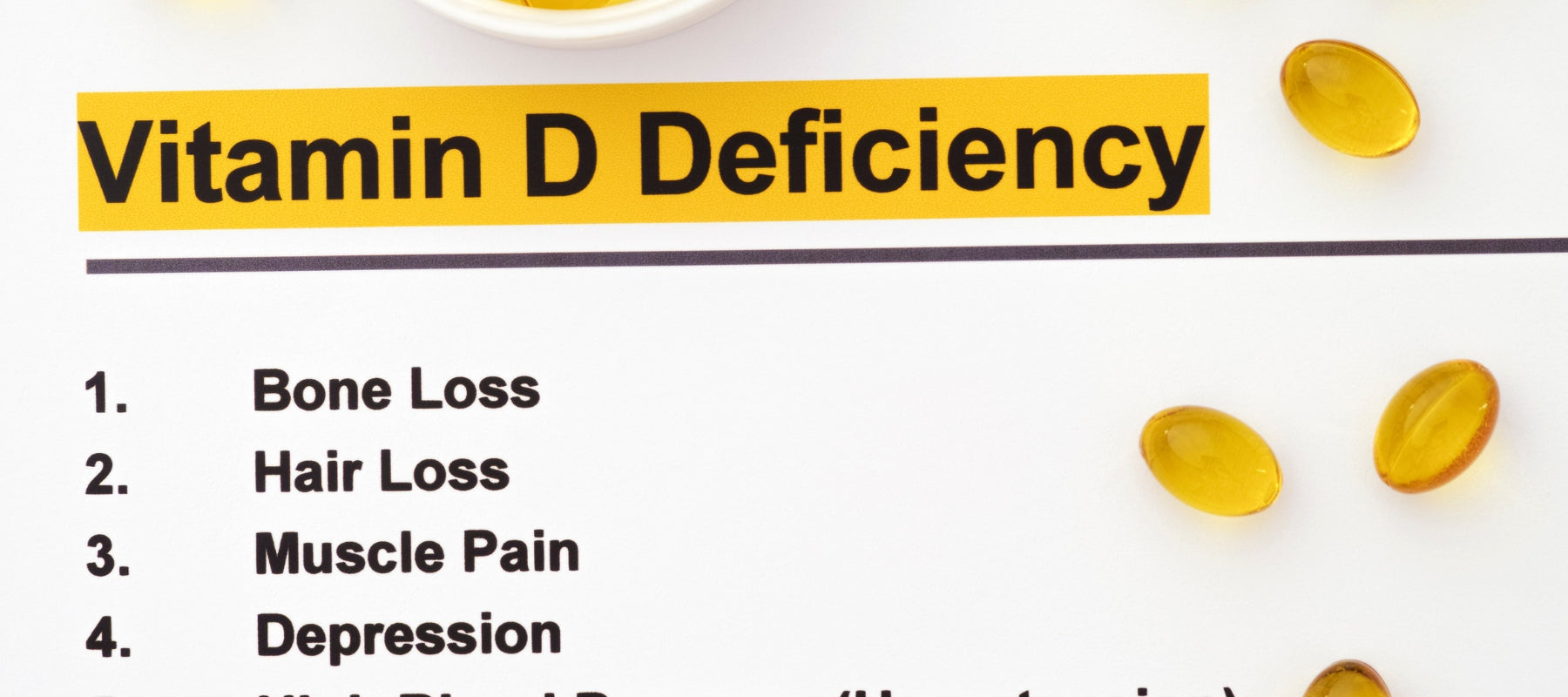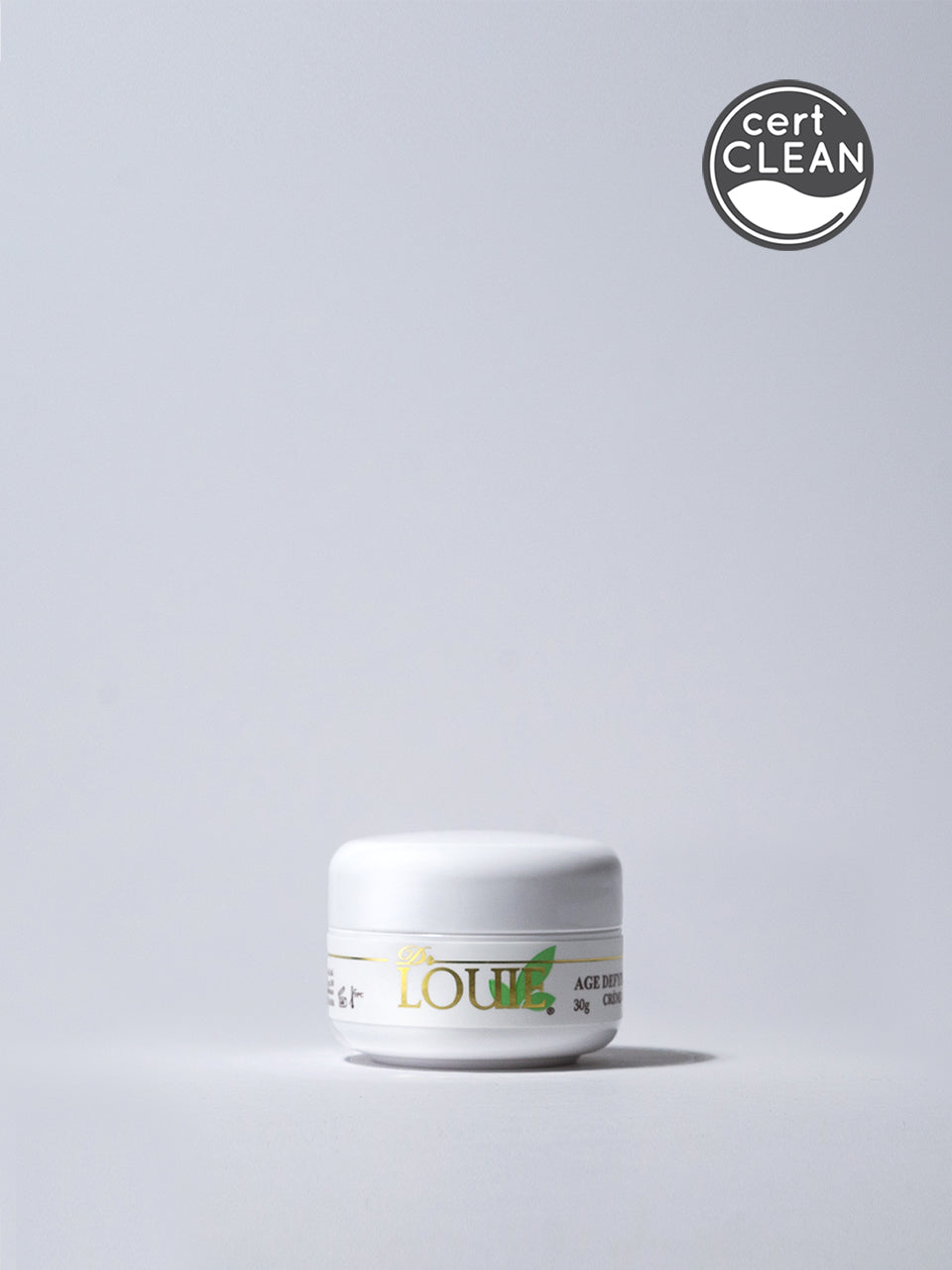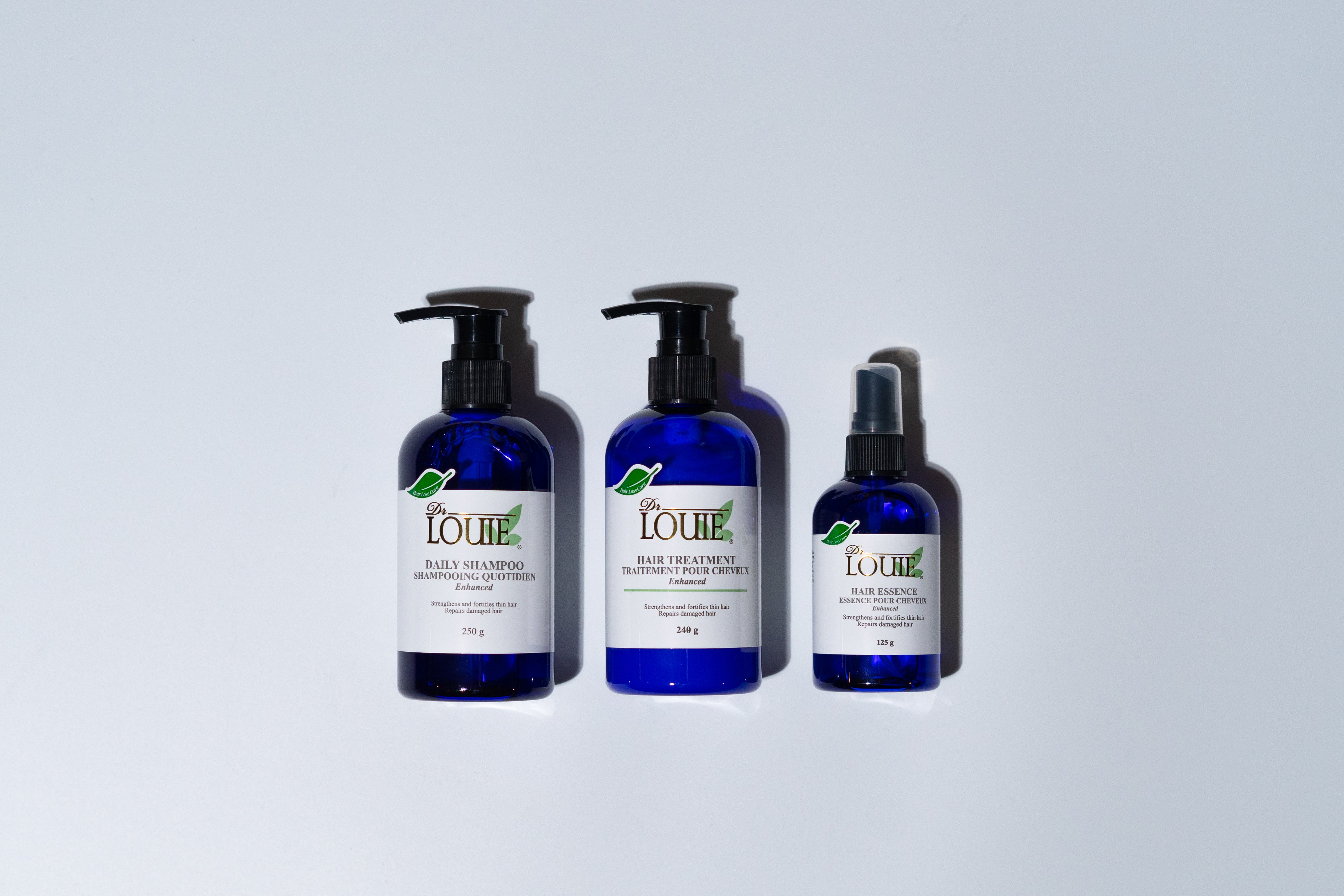
How to balance Vitamin D generation and sun protection during winter

During a recent demonstration at a local health food store, I had the opportunity to speak with a woman who shared her thoughts on sun protection. She mentioned that she doesn't use any sun protection products, stating that it interferes with the generation of Vitamin D, especially in the winter when most of her body is covered by clothing. This got me thinking about the importance of both Vitamin D, which is obtained through sun exposure, and sun protection for overall skin health. It's a question worth considering for all of us who want to take care of our skin.

We all know that Vitamin D is a vital nutrient for our health, playing a crucial role in bone health, immune function, and overall well-being.
Then how does our body get Vitamin D?
Two common sources of Vitamin D are sun exposure and foods.
Our body produces Vitamin D in the skin when it is exposed to ultraviolet B (UVB) radiation from the sun. We can also get Vitamin D from foods such as salmon, eggs, mushrooms, and fortified dairy and plant-based milk.

Now that we know sun exposure isn't the only source of Vitamin D, we need to remind ourselves that it could be dangerous for our skin if we skip sun protection during winter.
Why?
Because of snow and UVAs.
While it is true that UV rays and sun exposure are much lower during winter, we need to understand that we, especially those of us living up North, are surrounded by snow as well as UVAs.
UV rays reflected off the snow in winter is about 4 times higher than the UV rays in summer: the UV rays reflected off of soil and asphalt is about 10% whereas UV rays reflected off of the snow is about 80%.
The other is that UVA, which causes premature skin aging and penetrates more deeply into the skin, is still present in winter, and it penetrates clouds AND windows, causing damage to our skin. (Read more about sun protection during winter.) So even during winter, UVAs are present and are around us.

So how can we protect our skin while ensuring that we get the health benefits of Vitamin D?
The key is to get regular, moderate sun exposure, such as 15-20 minutes a day with protective measures, such as a broad-spectrum sunscreen with SPF 30 or higher. And make sure to get enough Vitamin D through their diet and supplements.
Balancing Vitamin D generation and sun protection during winter can be a challenge. But by understanding how to get Vitamin D, why it is important to protect our skin against the sun during winter and how to protect our skin, we can reap the benefits that Vitamin D offers to our body while maintaining our skin health.




